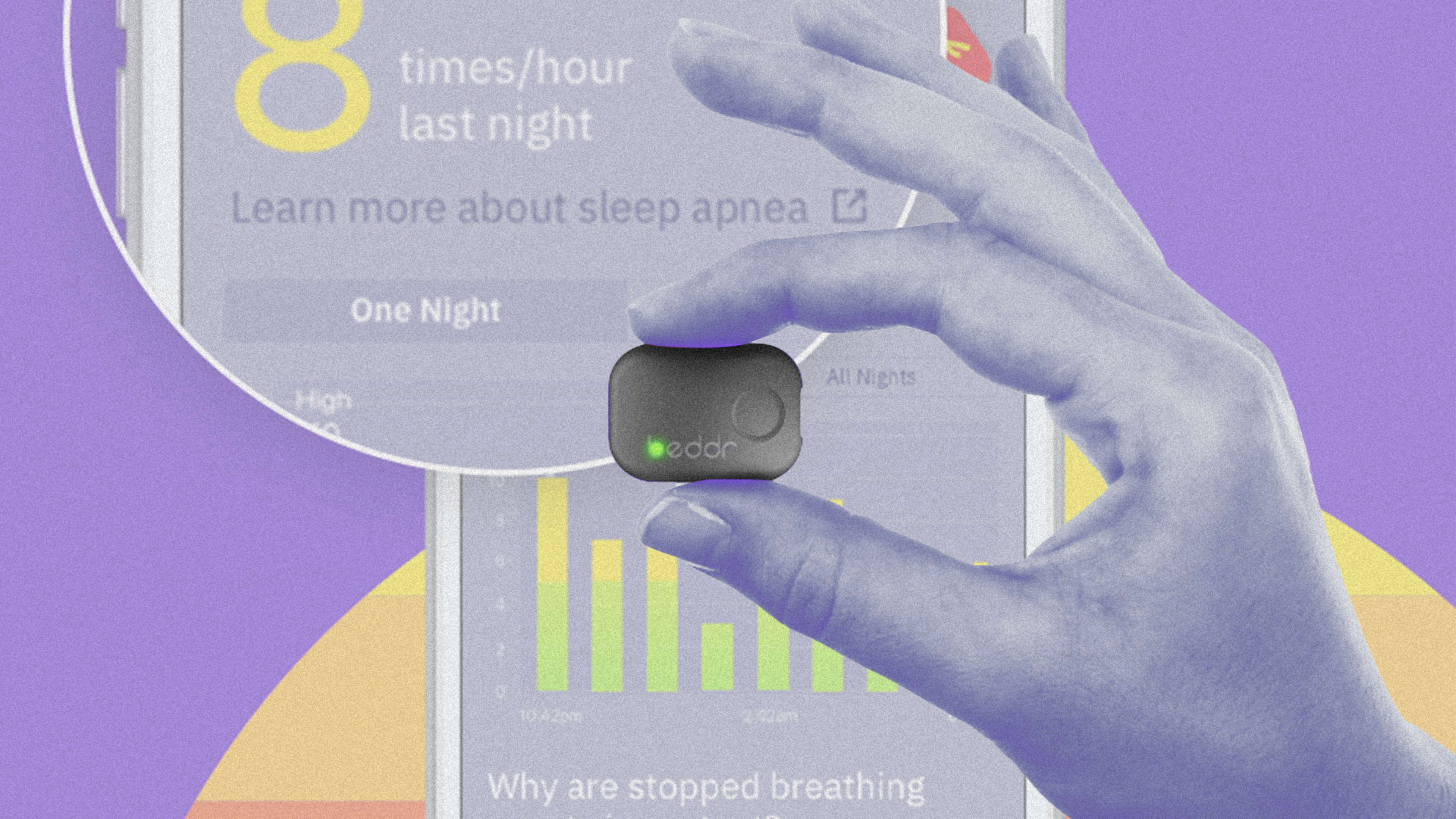If you attach a new, postage-stamp-size wearable to your forehead before you sleep at night, the device can help tell you if you have sleep apnea–the disorder that can make you stop breathing repeatedly as you sleep, making you tired during the day and raising your risk of other conditions like diabetes and depression. If you already know that you have the disorder, the device can give you feedback on how to improve your sleep.
The wearable, called SleepTuner, was designed as an alternative to spending a night in a sleep lab hooked up to wires, and collects more info than just a basic app that measures your movement.
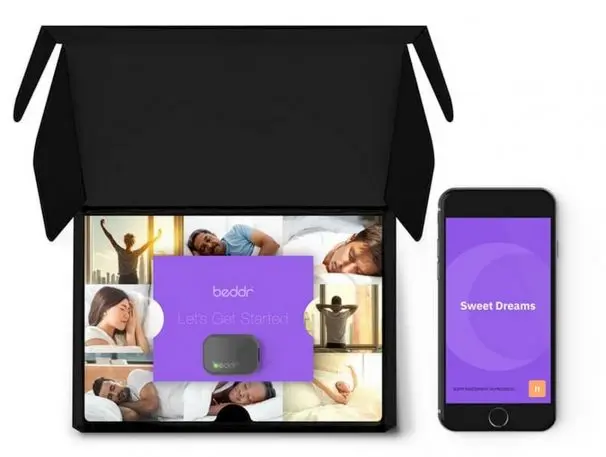
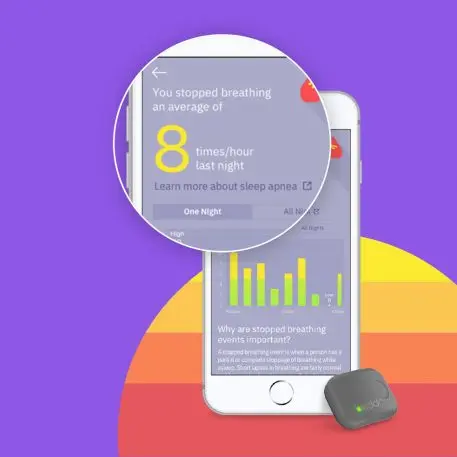
The device uses an infrared LED optical sensor, which shines red light into someone’s skin and measures how it reflects to determine blood oxygen levels and heart rate. At the same time, an accelerometer measures someone’s movement and sleeping positions. If someone has sleep apnea, they’re more likely to stop breathing while lying on their back; through the app, the device can show how someone’s sleep positions correlate with the quality of their sleep, and suggest ways to improve.
As a user answers other questions about their lifestyle in the app, they can also see how making changes helps improve their sleep. Drinking alcohol, for example, can worsen sleep and make it more likely that someone stops breathing, even though many people tend to believe that drinking helps them sleep more soundly.
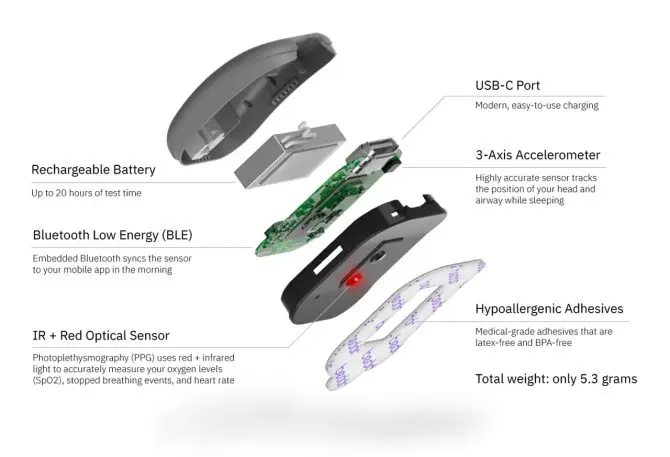
The designers tested dozens of prototypes. They landed on a device that would stick on someone’s forehead because the skin there isn’t particularly sensitive, but it’s a good place to accurately measure oxygen levels. “Generally about two or three minutes after they put the product on, people completely forget that it’s there,”Kisch says. The wearable weighs roughly as much as a nickel.
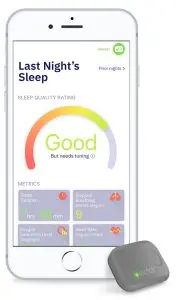
It was critical to the designers, Kisch says, that the team could prove to customers that the device worked accurately. “If they don’t believe it, then they don’t buy into the fact that they need to make some changes that lead to a positive impact.” Doctors, too, need to trust the device to use it to make a formal diagnosis. The device is currently “FDA registered,” meaning simply that it’s listed with the FDA and not yet approved, but by early next year, the company expects to be cleared as a formal home sleep diagnostic.
“We’re going to be a single partner that a consumer can work with that will get them assessed, diagnosed, and prescribed, and then we’ll actually be able to use data along with the physician’s knowledge to match them to the right therapy that has the highest probability of success,” he says.
Recognize your company's culture of innovation by applying to this year's Best Workplaces for Innovators Awards before the extended deadline, April 12.
